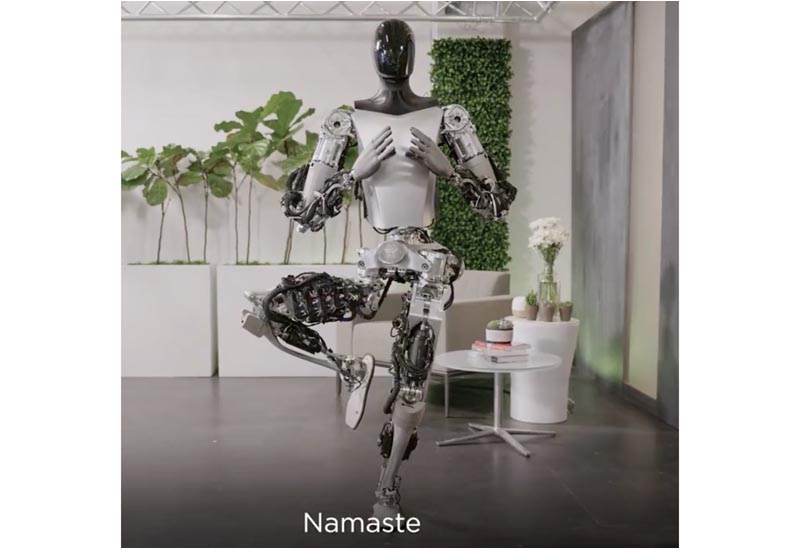Tesla has shared an impressive new video highlighting autonomous object sorting abilities of its humanoid Tesla Optimus robot. According to Tesla AI engineers, Optimus can now perform complex tasks like sorting blocks completely on its own through end-to-end neural network training.
The footage shows Tesla Optimus accurately identifying colored blocks and smoothly picking them up to sort into correct bins. This demonstrates substantial progress in enabling unstructured environment manipulation without any hard coding for specific objects.
As explained by Tesla’s Julian Ibarz, the breakthrough is thanks to a general training framework. By collecting diverse data of objects being properly sorted, the neural network learns the skill in a flexible, task-agnostic manner.
This means Optimus relies on its computer vision and neural networks to understand objects and sort them appropriately without needing additional programming. It can be prompted to sort in different ways with the same base capability.
Ibarz added that by gathering more data, Tesla can now train Optimus for new complex behaviors without having to change any code. The same architecture that powered object sorting can be leveraged for other human-level skills through data collection and neural net retraining.
The quick pace of development on Optimus highlights Tesla’s rapid iteration abilities. In just months, the humanoid robot has gone from basic mobility to flexibly manipulating objects thanks to end-to-end deep learning techniques.
Tesla expects to mass produce Optimus and sell units for under $20,000 within 3-5 years. If progress continues at this rate, Tesla could disrupt both manufacturing and service industries with capable and affordable robot workers.
Related Posts: Tesla Bot’s Latest Stride: Teaching Itself How to Grab Stuff Better
